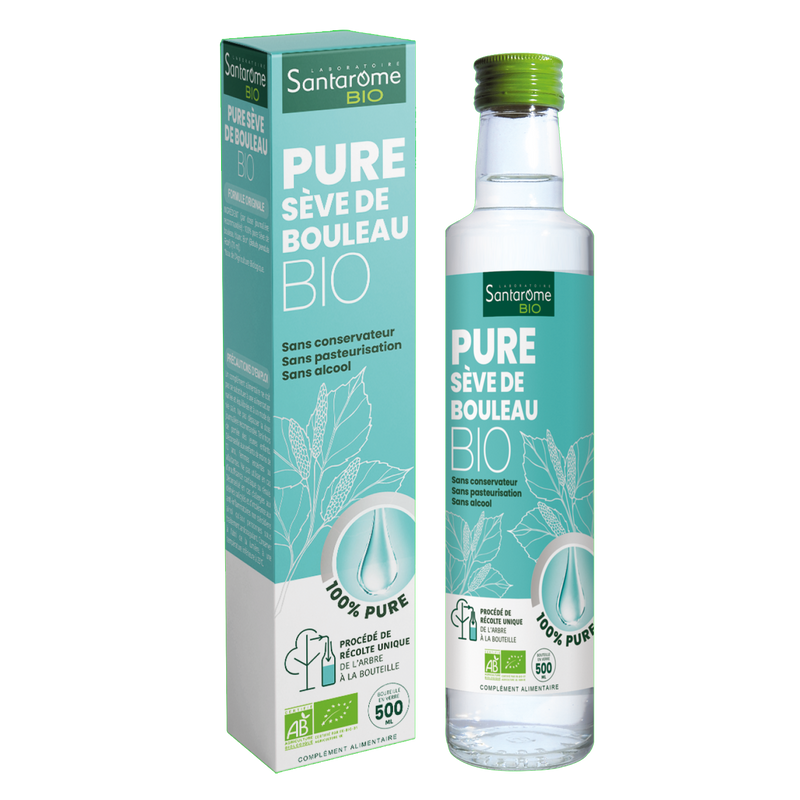Composition and main active compounds of red vine
Red vine leaves contain a high concentration of tannins and anthocyanin pigments, giving them a beautiful red color in autumn. Anthocyanins have significant vitamin P activity, which provides red vine leaves with an antioxidant effect. They inhibit the breakdown of certain enzymes that can weaken the walls of small blood vessels and reduce their permeability. As a result, red vine contributes to normal venous circulation in the legs and helps restore a feeling of lightness in the legs*.
*At a dosage of 800 mg of dry plant equivalent per ampoule in the Light Legs product and at a dosage of 5000 mg of dry plant equivalent in the Organic Red Vine product.
























